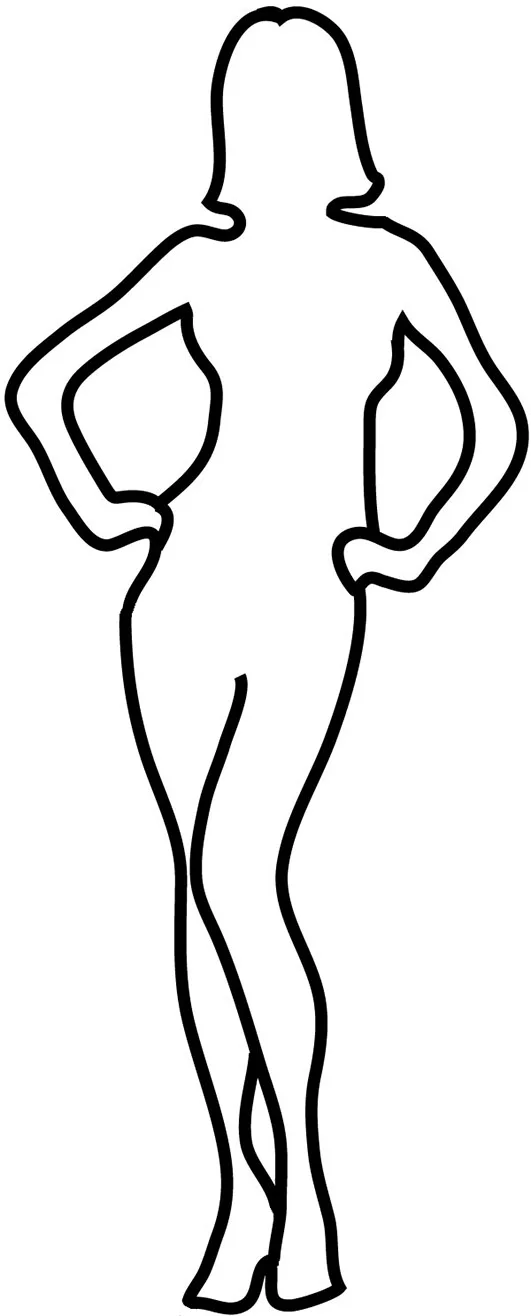Previously we published a Card Talk on Hebrew erotica masquerading as Christ's bride (Song of Solomon), ultimately positing the question “… why can't these books be holy while still simply speaking of human love and romance? Is it because we've relegated sexuality to the basest, vilest, unspeakable regions of the theistic experience; sex has gotten so much bad press, that a book in the Bible cannot be only speaking about sensuality? As if sexuality wasn't also created by God.”
Since then we have produced our Wisdom Books expansion deck which draws its content from the books of Job, Psalms, Proverbs, Ecclesiastes, and of course Songs of Solomon. It points out that SOS contains Unbridled horniness (Most of Song of Solomon) such as
Going down to the nut orchard (Song of Solomon 6:11), and
Spooning after sex (Song of Solomon 2:6-7, 3:4-5, or 8:3-4).
Biblical foreplay (Song of Solomon 7:1-5) is another example of the sexual gems found in SOS.
Reading the passage it is impossible not to notice the sexual progression as the lover/speaker progresses up the body of his beloved. To make it easier, we've labelled it for you.
1 How graceful are your [a] feet in sandals, O queenly maiden!
Your rounded [b] thighs are like jewels,
the work of a master hand.
2 Your [c] navel is a rounded bowl
that never lacks mixed wine.
Your [c] belly is a heap of wheat,
encircled with lilies.
3 Your two [d] breasts are like two fawns, twins of a gazelle.
4 Your [e] neck is like an ivory tower.
Your [f] eyes are pools in Heshbon,
by the gate of Bath-rabbim.
Your [g] nose is like a tower of Lebanon,
overlooking Damascus.
5 Your [h] head crowns you like Carmel,
and your [i] flowing locks are like purple;
a king is held captive in the tresses.
The argument can (and has) been made that this is talking about Christ's intimate knowledge of and love for the Church. Explanations include that the two breasts represent the Old and the New Testaments of the Bible, "fresh and lusty, even and equal . . . in perfect agreement, amiable proportion, and swift running all the world over in a short time" (John Trapp). It has been argued that the eyes of the beloved are “the understanding, the intentions of a believer, are clean and clear as these ponds. The eyes, weeping for sin, are as fountains , and comely with Christ” (Matthew Henry).
We recommend watching how any commentary focusing on an allegorical interpretation of this chapter in SOS is a hodgepodge of crazy, only giving flesh to the corresponding parts of the allegory in a haphazard way: they are never coherent from beginning to end, foot to head (almost like that last sentence).
An intense focus on vs 2 is instructive for our purposes. Here is the verse once again:
Your navel is a rounded bowl
that never lacks mixed wine.
Your belly is a heap of wheat,
encircled with lilies.
- Matthew Henry suggested that the navel represents the health brought on by the fear of the Lord, and that the belly speaks to the fact that the body of the church "is nourished from the belly," that "it denotes the spiritual prosperity of a believer and the healthful constitution of the soul all in good plight."
- John Trapp says "The navel is baptism, that nourisheth [SIC] newborn babes in the womb of the Church … Some understand hereby that other sacrament of the Lord's Supper, called a 'heap of wheat,' for its store of excellent nourishment."
- A. R. Fausset posits that the navel is really referring to a "girdle-clasp," presumably keeping her bridal gown in place, covering her "uncomely parts," while still (somehow) representing the a goblet which holds "the wine of the 'New Testament in His blood.' On the other hand, the belly is the bridal gown, which symbolizes "spiritual food ... free from chaff, not fenced with thorns, but made attractive by lilies" which are understood to be the"believers" and "associated with the exhilarating wine cup."
The problem is that the Hebrew used to create the images in verse two complicate these readings.
While the Hebrew for "navel" stems from an image/word for "umbilical cord, the word for "belly" is most often translated in the Bible as "womb." In fact the words are often employed referring to what is taking place INSIDE a woman, not outside on the surface. It's penetrating language if you will. We'll let you draw your own conclusions. But at the very least, one must understand that the hands caressing this body are not merely touching the belly button or a cute little muffin top.
Once again, we are not saying that it is impossible to read God's love for His creation into these poems. For if we are created in God's image, we hope that at the root of this is our ability to love, even romantically.
We should not try so hard to cram Biblical texts into our puritanical comforts.
Perhaps Ludacris read this passage before composing the chorus to "What's Your Fantasy," biblical scholar that he is. Perhaps he got closer to the truth of this text than Matthew Henry.
Perhaps this is another reason we created the card: "Jesus" "having sex" "with" "the church" (Bad interpretations of Song of Solomon)
But what do we know: we made this game and you probably think we're going to Hell.


